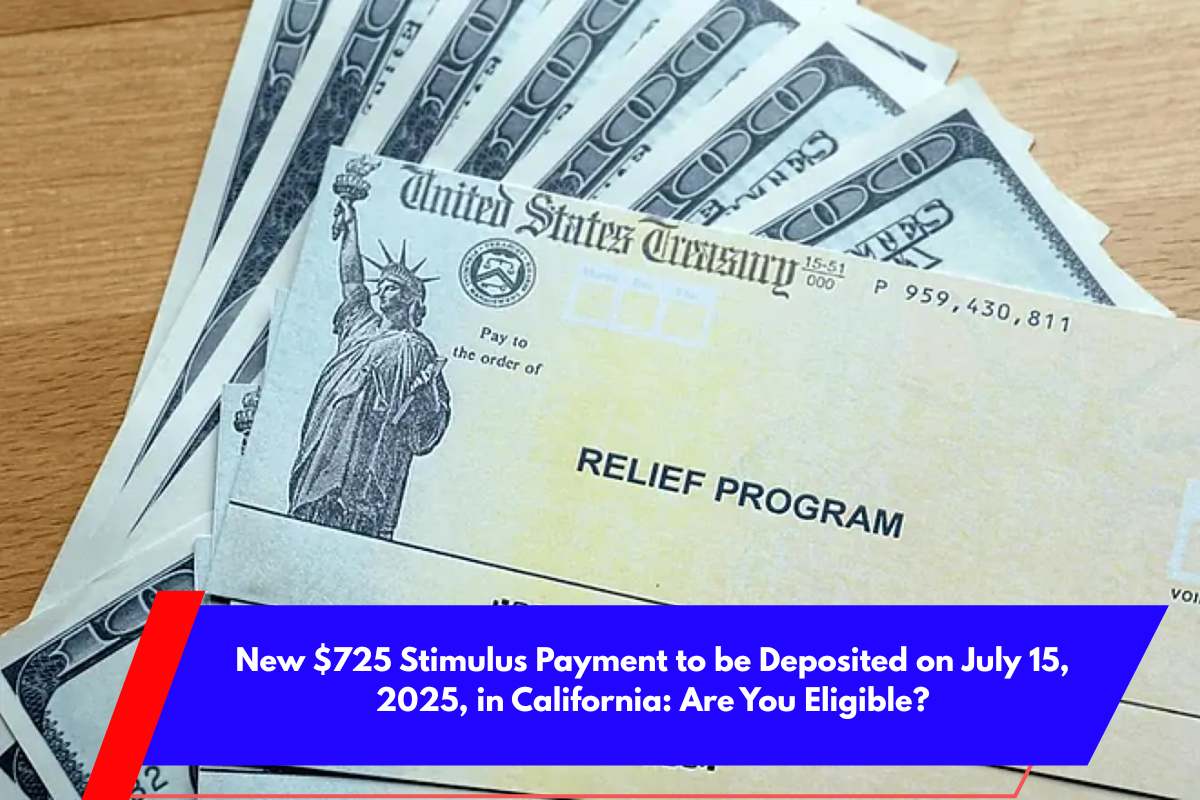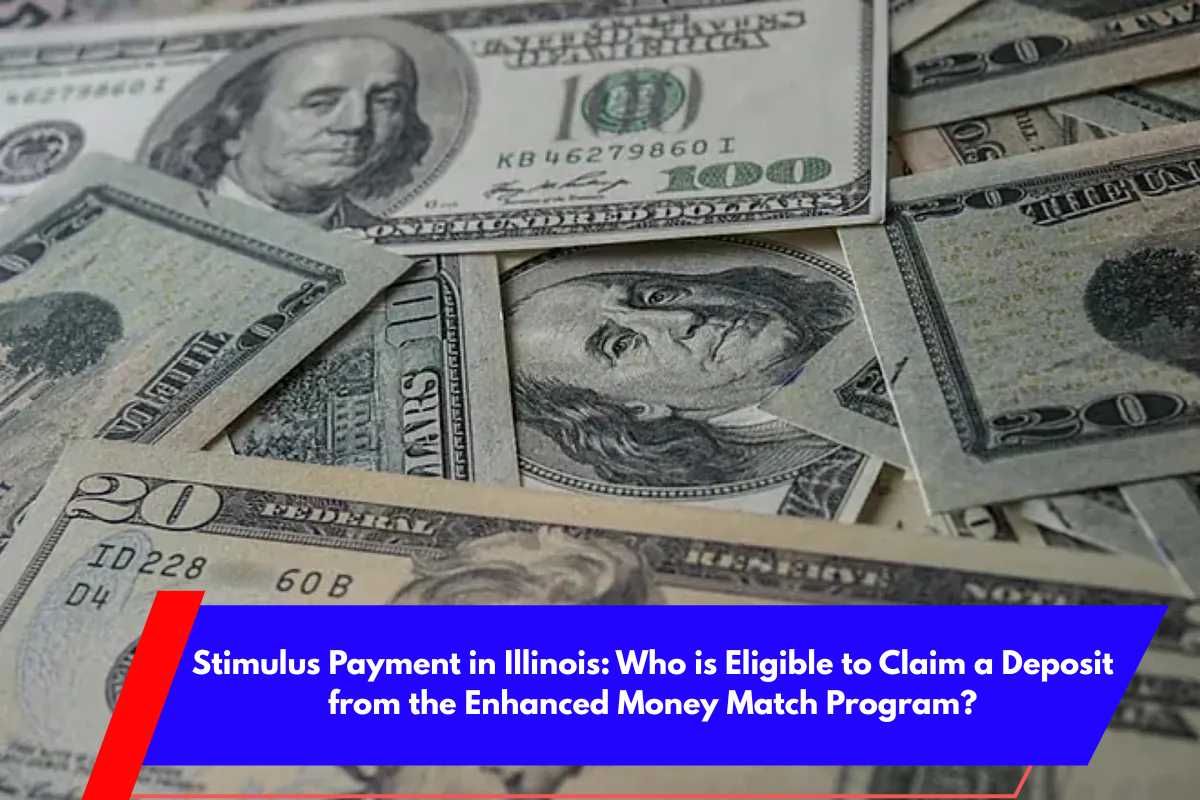A significant deadline is approaching for those looking to buy an electric vehicle (EV) and take advantage of the federal tax credit.
As part of the “Big Beautiful Bill” passed by Congress, the $7,500 tax credit for new EVs and up to $4,000 for used ones will disappear after September 30, 2025. If you’re considering making the switch to an EV, now is the time to act. Missing this deadline means missing out on valuable savings.
The $7,500 Tax Credit Is Disappearing Soon
The federal government has set a hard cutoff date for the tax credit, and once it expires, these discounts will no longer be available unless Congress decides to reinstate them.
For many potential buyers, this tax credit has been an essential factor in making an EV more affordable, as it can effectively offset a significant portion of the vehicle’s cost. If you’re in the market for a new EV, you’ll need to complete your purchase or lease before the deadline to claim the full $7,500 benefit. For used EVs, the $4,000 tax credit also vanishes after the cutoff date.
While EVs continue to grow in popularity, the upfront cost remains a major barrier. On average, new EVs still cost about $9,000 more than similar gasoline-powered vehicles.
Used EVs carry a price premium of around $2,000 compared to their internal combustion engine (ICE) counterparts. The tax credit has helped make EVs more accessible, narrowing this price gap, but without it, the affordability of electric vehicles will be impacted.
The Long-Term Savings of EV Ownership
Though the initial cost of an EV can be higher, the long-term financial benefits are clear. A 2020 study published in the journal Joule found that, on average, EV owners save about $7,700 in fuel costs over 15 years compared to owning a gasoline-powered vehicle.
These savings can be even higher if you charge your EV during off-peak hours, especially in states where electricity rates are low.
In addition to fuel savings, EVs are less prone to mechanical issues, which means fewer repairs and routine maintenance costs. There are no oil changes, exhaust issues, or fuel system repairs, which further reduces the lifetime cost of ownership. In states like Washington, savings can exceed $14,000 over the life of the vehicle.
The Break-even Point
The time it takes for the savings to outweigh the initial cost difference is shorter than many people think. Despite the higher upfront investment, the long-term operational savings of an EV can make it financially worthwhile, especially for people who have long commutes or access to cheaper electricity.
Ingrid Malmgren from Plug In America notes that even without the federal tax credit, electric vehicles remain a financially sound and environmentally responsible choice, particularly in regions with low electricity costs.
How to Claim the Tax Credit
If you’re thinking about claiming the $7,500 EV tax credit, there are a few important requirements:
Assembled in North America
Battery capacity of at least 7 kWh
Meets the sourcing rules for battery materials and critical minerals
How Much Credit Can You Get?
$3,750: If your car meets only one of the battery/material requirements.
$7,500: If your car meets both requirements.
Income Limits
For married couples filing jointly, your household income must be under $300K.
Two Ways to Claim the Credit
Instant Discount at the Dealership: The credit can be applied directly to the purchase price at the time of purchase. The dealer will then file a report with the IRS and provide you with documentation.
Claim It on Your Taxes: If you don’t claim the credit at the dealership, you can file IRS Form 8936 when you do your taxes for the year in which you bought the car.
The Clock Is Ticking
With the tax credit set to disappear soon, manufacturers and dealerships are already ramping up promotions. Expect to see aggressive discounts, direct rebates, and value-added offers, like free or discounted home charging equipment, as dealers try to push sales before the deadline.
If you’re considering purchasing an EV, now is the time to move. This tax credit is a significant financial incentive that could make the transition to electric driving much more affordable.













